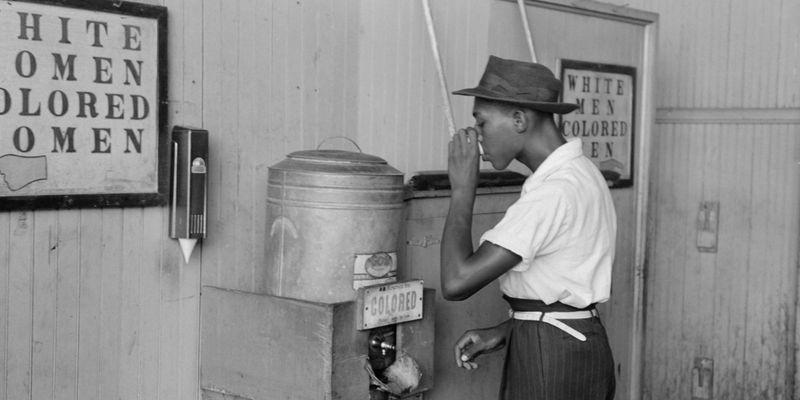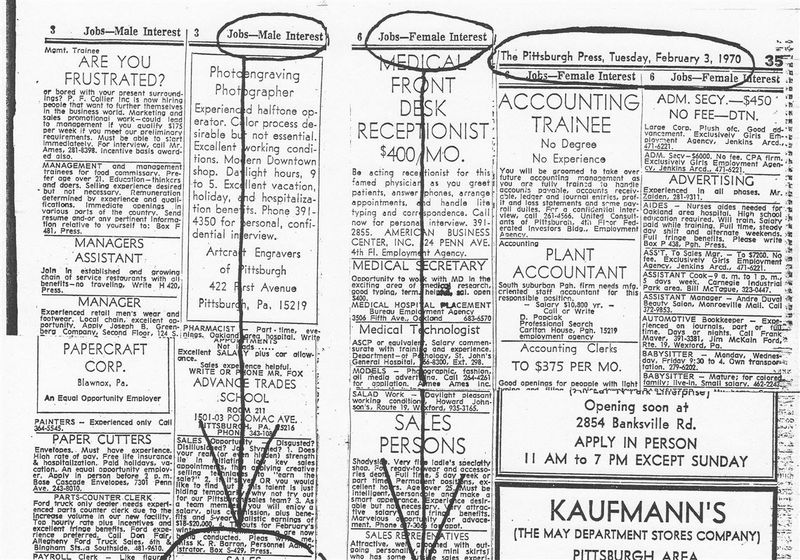15 Office Rules From The 70s That Sound Unbelievable From Today’s Perspective

Step into a 1970s office and you’d hardly recognize the workplace compared to today. Back then, smoking at your desk, three-martini lunches, and casual sexism weren’t just tolerated but practically expected!
The professional world has evolved dramatically since those polyester-clad days, making many once-standard practices completely unacceptable in modern workplaces.
1. Smoking Indoors Was Mandatory Social Etiquette

Ashtrays adorned every desk like essential office supplies. Refusing a cigarette from the boss could actually harm your career prospects! The air in meeting rooms was perpetually foggy with smoke.
Employees with respiratory issues simply suffered in silence. Even non-smokers were expected to tolerate the constant haze without complaint as part of normal office ambiance.
2. Women Could Be Hired Based On Appearance

Newspaper job listings openly specified “attractive females only” for secretarial positions. Many companies required women to submit full-body photographs with applications.
Female employees often faced appearance evaluations during performance reviews. Weight gain or changing hairstyles could lead to warnings or termination.
3. Liquid Lunches Were Career Builders

Martinis flowed freely during midday meetings. Refusing drinks with clients was considered unprofessional and could cost you valuable relationships.
Executives kept fully-stocked bars in their offices for impromptu gatherings. Returning to work visibly tipsy wasn’t just acceptable—it showed you were a team player!
4. Pinching Secretaries Was Considered Playful

Male managers routinely pinched, patted, and made physical contact with female staff. Such behavior wasn’t just tolerated but portrayed as harmless office fun in popular media.
Women who complained were labeled as uptight or lacking a sense of humor. Some companies actually trained female employees on how to “gracefully deflect” unwanted advances without causing offense to important male colleagues.
5. Pregnancy Meant Automatic Termination

Expecting mothers received pink slips instead of congratulations. Companies openly stated that pregnant women were unreliable investments who would abandon their careers for motherhood.
No maternity leave policies existed in most workplaces. Women often hid pregnancies as long as physically possible, wearing increasingly creative outfits to conceal their condition.
Returning after childbirth was nearly impossible at most companies.
6. Racial Segregation In Office Spaces

Minorities were relegated to separate work areas, often in basement offices or back rooms. Promotional opportunities were explicitly limited based on race, with certain positions considered inappropriate for non-white employees.
Different pay scales existed for the same work based on ethnicity. Company handbooks sometimes openly stated these policies as standard operating procedure, justified as maintaining “workplace harmony.”
7. Carbon Copy Memos Required For All Communication

Sending a message without proper carbon copies was a fireable offense. Strict communication hierarchies meant including superiors on every memo, regardless of relevance.
Employees spent hours daily managing paper trails. Forgetting to CC your boss’s boss could derail your career path.
The dreaded pink memo sheets indicated urgent matters that required immediate attention, often causing office-wide panic.
8. Mandatory High Heels For Female Staff

Company dress codes specified minimum heel heights (usually 2-3 inches) for women. Flat shoes could trigger formal reprimands regardless of job function or comfort.
Female employees developed foot problems that were considered acceptable occupational hazards. Some offices conducted regular “appearance checks” where women lined up for inspection.
Medical exemptions were rarely granted, even with doctor’s notes.
9. Age Limits Openly Listed In Job Advertisements

Newspaper classifieds boldly declared “No applicants over 40” for most positions. Companies maintained explicit age cutoffs for different roles—executives could be older, but support staff needed youth.
Interviewers asked about age directly and made immediate decisions based on answers. Older workers faced routine termination to make way for younger, cheaper replacements.
Birth certificates were required documentation during the hiring process.
10. Dictation While The Boss Was In The Bathroom

Secretaries followed executives into restrooms with notepads ready. Taking dictation while the boss used facilities was considered efficient time management.
Refusing this duty could result in immediate termination. Office layouts often included connecting doors between executive bathrooms and secretarial areas.
Performance reviews praised staff who showed “dedication” by handling bathroom dictation without complaint.
11. Mandatory After-Hours Socializing With The Boss

Declining invitations to the manager’s home was career suicide. Wives were expected to serve drinks and food while remaining pleasantly invisible during these “optional” gatherings.
Performance reviews included sections on “team participation” that directly referenced attendance at these events. Employees who left early faced subtle retaliation.
Those without spouses were considered less reliable and passed over for promotion.
12. Typewriter Ribbon Quotas Enforced Daily

Secretaries received strict allotments of typewriter ribbons with usage monitored obsessively. Requesting additional supplies required written justification forms submitted in triplicate.
Using too many ribbons could trigger salary deductions. Managers conducted random desk checks for “ribbon hoarding.”
Some companies implemented typing tests designed to measure ribbon efficiency rather than accuracy or speed.
13. Mandatory Girdle Checks For Female Employees

Female supervisors conducted physical inspections to ensure proper foundation garments were worn. Women without appropriate undergarments were sent home without pay.
Company handbooks specified acceptable girdle brands and styles. Some offices kept spare girdles on hand for “emergencies.” Annual reviews included appearance sections with specific references to proper figure control.
14. Religious Test Questions During Interviews

Hiring managers directly asked about church attendance and denomination. Wrong answers meant immediate disqualification regardless of qualifications.
Some companies required pastor reference letters as part of application packages. Office calendars prominently featured Christian holidays only, with mandatory participation in religious celebrations.
Advancement opportunities correlated directly with religious alignment with upper management.
15. Weight Requirements For All Positions

Regular weigh-ins determined continued employment eligibility. Weight charts in employee handbooks specified maximum allowable pounds based on height and gender.
Exceeding limits by even a few pounds triggered probation periods. Some companies issued special cafeteria cards to “overweight” staff that restricted food choices.
Annual photos were taken for personnel files specifically to document body size compliance.
